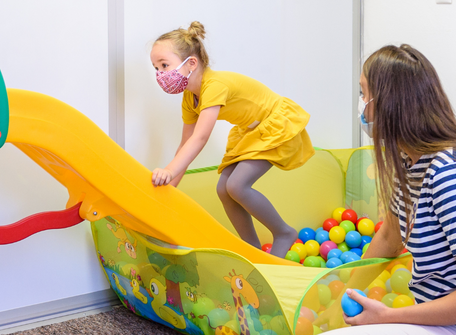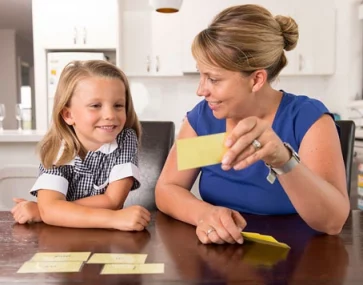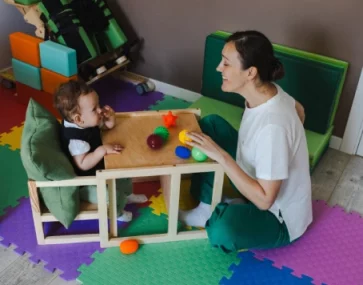The definition of occupational therapy and who needs it are both unclear. That’s why we’re here to explain everything you need to know about this amazing allied health profession.
What Is An Occupational Therapist?
A child’s occupational therapist will work slowly, steadily, and encouragingly toward a range of goals. Occupational therapists can assist with developing motor skills (fine or gross), improving play, learning and social skills, mastering certain skills like brushing one’s teeth or dressing themselves, and managing emotions age-appropriately. As well as providing assistance and support, occupational therapists are also capable of supplying special equipment, such as hearing aids and wheelchairs.
The specialty of an occupational therapist is to identify the patient’s goals and aspirations and figure out how to help them achieve them. A person with a disability might need to adjust the environment in which they are to make the activity more accessible, or they might need to adapt the activity itself to fit their skillset.
The role of an occupational therapist can be summarized in three ways:
- They assist patients in gaining knowledge and skills
- A person with a disability can be helped to find new ways to do activities, and
- People with disabilities are provided with an environment that meets their needs
Thus, they are an invaluable resource for anyone living with a disability, whether it is for short-term consultations or long-term (chronic) health conditions.
Occupational Therapy And Learning
Most people don’t realize how common learning disabilities are. According to statistics, one out of ten people has some sort of learning disability. It can appear in a variety of ways – for example, a child might have difficulty speaking, listening, or completing a number of academic subjects, such as math, writing, or reading.
No matter how skilled someone is in one area, learning disabilities can affect their ability to learn in others. It is critical to seek out help for children with learning disabilities as early as possible in order to manage their challenges. There are several warning signs to look out for, including:
- Easily distracted and unable to focus on one task at a time
- Poor handwriting and messy handwriting in particular
- When speaking, organize sentence orderns incorrectly
- Writing letters backwards
- For their age, exhibits particularly clumsy movement
Consult with a pediatrician if you observe these symptoms in your child, and then speak with the best pediatric occupational therapy specialists in Dubai at Hope AMC Center. For all these problems, contact us and let us help your child.






